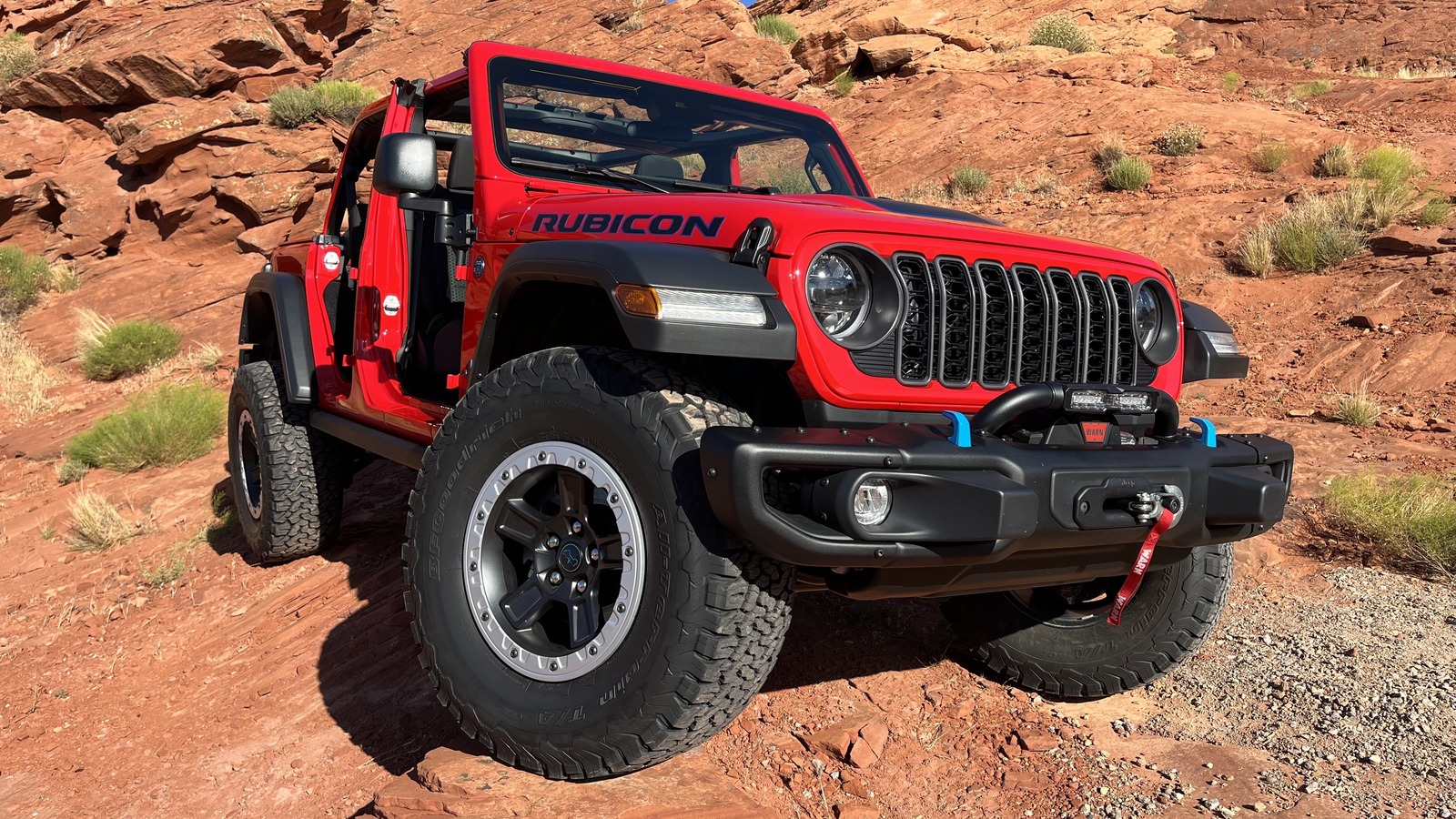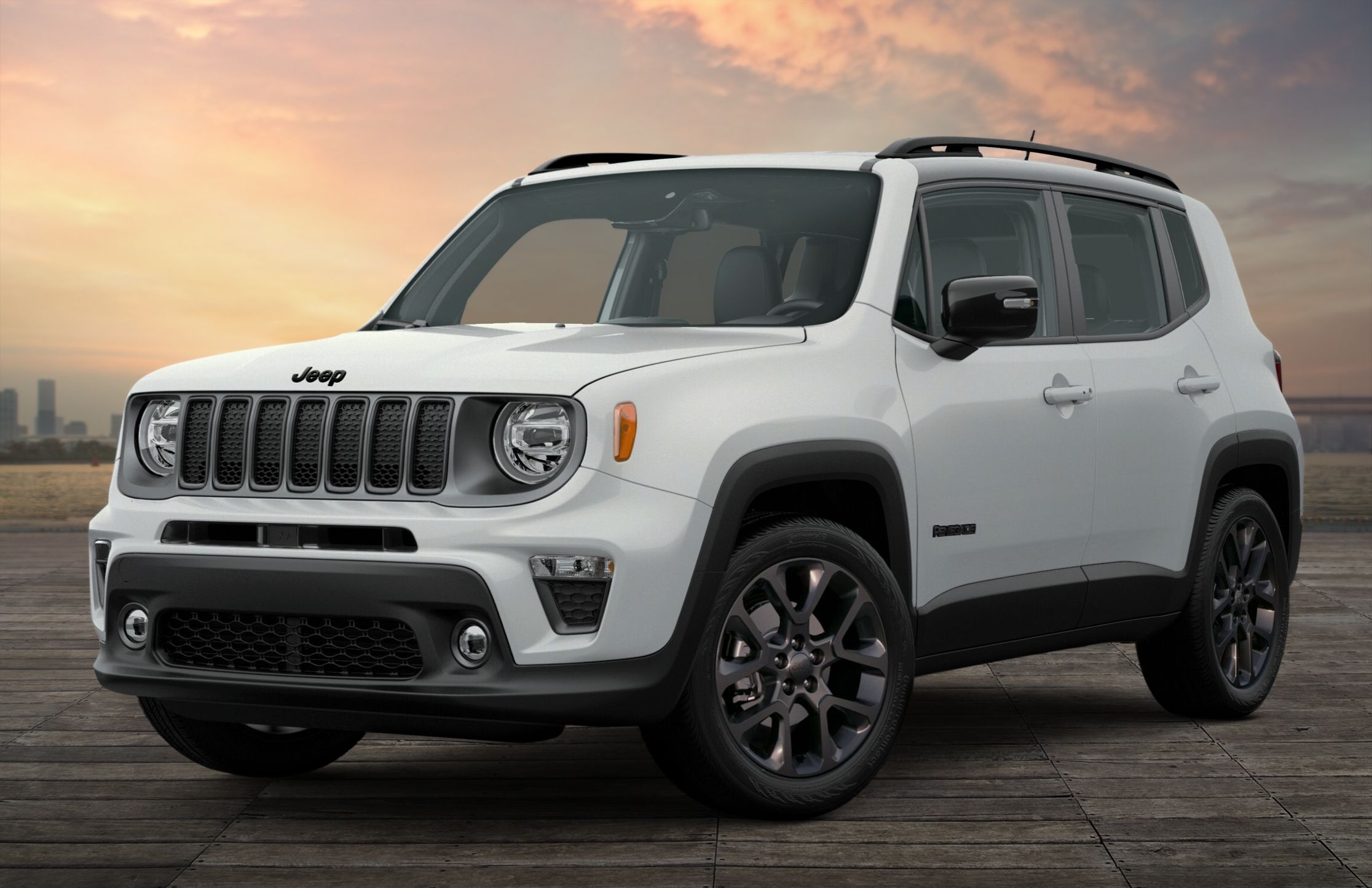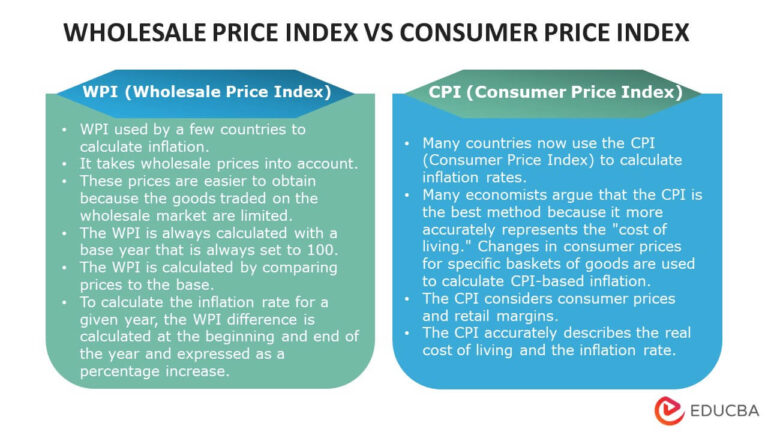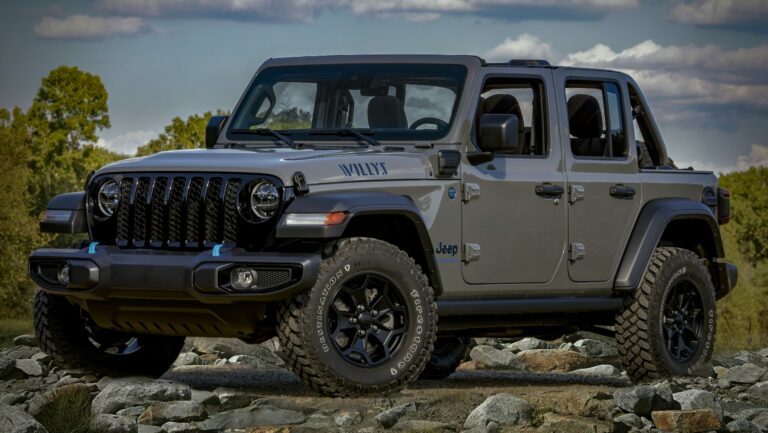Jeep Grand Cherokee EcoDiesel Wiki
Jeep Grand Cherokee EcoDiesel Wiki jeeps.truckstrend.com
Unveiling the Power, Efficiency, and Legacy
The Jeep Grand Cherokee has long stood as an icon in the SUV segment, renowned for its luxurious comfort, formidable off-road capability, and commanding presence. Among its diverse powertrain options, the EcoDiesel variant carved a unique niche, offering a compelling blend of robust torque, impressive fuel efficiency, and extended driving range. This comprehensive "wiki" delves into the intricate details of the Jeep Grand Cherokee EcoDiesel, providing an in-depth look at its history, technology, performance, ownership considerations, and much more, serving as a definitive guide for enthusiasts and prospective owners alike.
Jeep Grand Cherokee EcoDiesel Wiki
At its core, the Jeep Grand Cherokee EcoDiesel represents a strategic move by Chrysler (now Stellantis) to combine the Grand Cherokee’s established strengths with the economic and performance advantages of modern diesel technology. Introduced to North America in the 2014 model year, it quickly garnered attention for its ability to deliver the power needed for towing and off-roading, while simultaneously achieving fuel economy figures more akin to smaller SUVs. This particular iteration of the Grand Cherokee stands as a testament to engineering that seeks to reconcile seemingly contradictory demands: brute strength and refined efficiency.
I. A Brief History and Evolution of the EcoDiesel Grand Cherokee
The EcoDiesel engine’s journey within the Jeep Grand Cherokee began with the WK2 generation.
- 2014 Introduction: The 3.0-liter V6 EcoDiesel engine, supplied by VM Motori (a subsidiary of Fiat Chrysler Automobiles), made its North American debut in the Grand Cherokee. This marked a significant return of diesel power to the mainstream SUV market in the U.S., promising class-leading fuel economy and towing capacity.
- Initial Reception: It was met with strong interest due to its impressive torque figures (420 lb-ft), 240 horsepower, and a highway fuel economy rating of 30 MPG (2WD). Its 7,400-pound towing capacity further solidified its appeal.
- 2017-2019 Emissions Controversy: The EcoDiesel engine faced scrutiny regarding its emissions control software, leading to a stop-sale, recalls, and a significant settlement. This period cast a shadow over its reputation, though affected vehicles received software updates to comply with regulations.
- Discontinuation (Briefly): Following the emissions issues, the EcoDiesel option was temporarily pulled from the Grand Cherokee lineup.
- Reintroduction (2020-2022): Jeep brought back a revised version of the 3.0L EcoDiesel for the Grand Cherokee, now producing 260 horsepower and 480 lb-ft of torque. This enhanced version aimed to address previous concerns and offer even better performance.
- End of Production (WK2): As the WK2 generation phased out and the new WL Grand Cherokee was introduced, the EcoDiesel option was not carried over for the standard two-row WL Grand Cherokee in North America, though it remained available for the three-row Grand Cherokee L for a limited period. The focus shifted towards gasoline and plug-in hybrid (4xe) powertrains for the next generation.

II. The EcoDiesel Powertrain Explained
At the heart of the EcoDiesel Grand Cherokee lies the 3.0-liter DOHC 24-valve V6 engine.
- Engine Specifications (Original 2014-2016):
- Displacement: 3.0L (2,987 cc)
- Configuration: V6, 60-degree bank angle
- Horsepower: 240 hp @ 3,600 rpm
- Torque: 420 lb-ft @ 2,000 rpm
- Fuel System: Common Rail Direct Injection (CRDI)
- Turbocharger: Variable Geometry Turbocharger (VGT)
- Emissions Control: Diesel Particulate Filter (DPF), Selective Catalytic Reduction (SCR) with Diesel Exhaust Fluid (DEF) injection.

- Engine Specifications (Revised 2020-2022):
- Horsepower: 260 hp @ 3,600 rpm
- Torque: 480 lb-ft @ 2,000 rpm
- Key Updates: Refinements to the turbocharger, fuel injectors, and combustion chamber for improved performance and efficiency.
- Transmission: Both iterations of the EcoDiesel were paired exclusively with the robust ZF 8HP70 8-speed automatic transmission. This transmission is renowned for its smooth shifts, wide gear ratio spread, and ability to handle high torque outputs, significantly contributing to the vehicle’s efficiency and towing prowess.
- Four-Wheel Drive Systems: The EcoDiesel was available with Jeep’s advanced 4×4 systems, including Quadra-Trac II and the more sophisticated Quadra-Drive II (featuring an electronic limited-slip rear differential), ensuring exceptional off-road capability. Many models also featured the Quadra-Lift air suspension system, allowing for adjustable ride height.
III. Performance, Fuel Economy, and Towing Capability
The EcoDiesel Grand Cherokee truly shines in its performance metrics, offering a unique blend that sets it apart.
- Towing Capacity: One of the primary selling points, the EcoDiesel Grand Cherokee consistently offered a best-in-class towing capacity of up to 7,200 lbs (2WD) and 7,400 lbs (4WD) with the proper equipment. This made it a favorite among those needing to haul trailers, boats, or campers without sacrificing comfort or efficiency.
- Fuel Economy (EPA Estimated):
- 2014-2016 (240 hp/420 lb-ft):
- 2WD: 22 MPG City / 30 MPG Highway / 25 MPG Combined
- 4WD: 21 MPG City / 28 MPG Highway / 24 MPG Combined
- 2020-2022 (260 hp/480 lb-ft):
- 4WD: 21 MPG City / 29 MPG Highway / 24 MPG Combined
The extended range provided by its fuel efficiency, combined with a large fuel tank, meant fewer stops on long journeys.
- 4WD: 21 MPG City / 29 MPG Highway / 24 MPG Combined
- 2014-2016 (240 hp/420 lb-ft):
- Acceleration: While not a performance SUV in the traditional sense, the EcoDiesel’s abundant low-end torque provides brisk acceleration from a stop and excellent passing power on the highway. Its strong torque curve makes it feel effortless in daily driving and when loaded.
- Off-Road Prowess: Coupled with Jeep’s legendary 4×4 systems and available Quadra-Lift air suspension, the EcoDiesel’s torque delivery at low RPMs makes it exceptionally capable on challenging terrain, allowing for controlled crawling and confident navigation over obstacles.
IV. Key Features and Ownership Considerations
The EcoDiesel engine was typically offered on higher trim levels of the Grand Cherokee, meaning owners often benefited from a wealth of premium features.
- Common Trim Levels with EcoDiesel Option: Limited, Overland, Summit, and sometimes Trailhawk.
- Notable Features:
- Uconnect Infotainment System: Advanced touchscreen interface with navigation, Apple CarPlay, and Android Auto.
- Quadra-Lift Air Suspension: Adjustable ride height for improved ground clearance off-road or better aerodynamics at highway speeds.
- Selec-Terrain Traction Management System: Optimizes vehicle settings for various conditions (Sand, Snow, Auto, Mud, Rock).
- Premium Interiors: High-quality materials, heated/ventilated seats, panoramic sunroofs.
- Advanced Safety Features: Adaptive cruise control, blind-spot monitoring, forward collision warning, parallel and perpendicular park assist.
- Driving Experience: The EcoDiesel offers a refined and quiet ride, especially at highway speeds. The diesel clatter is noticeable at idle but largely disappears once underway. The immense torque makes for a relaxed driving experience, with ample power on tap for any situation.
- Diesel Exhaust Fluid (DEF) Usage: A critical aspect of modern diesel ownership. DEF is a non-toxic liquid injected into the exhaust stream to reduce NOx emissions. The Grand Cherokee EcoDiesel has a DEF tank that needs to be refilled periodically (typically every 5,000-10,000 miles, depending on driving style and conditions). Running out of DEF will limit vehicle speed or prevent starting.
- Fuel Quality: Using high-quality, ultra-low sulfur diesel (ULSD) is crucial for the longevity of the engine and its sensitive fuel system components.
- Cold Weather Performance: Modern diesels are designed to operate well in cold climates, but it’s important to use winter-blend diesel fuel and ensure the vehicle’s block heater (if equipped) is utilized in extreme cold.
V. Maintenance and Longevity
Proper maintenance is key to ensuring the longevity and reliability of the EcoDiesel engine.
- Oil Changes: Generally recommended every 10,000 miles or 12 months, using specific low-ash, diesel-compatible synthetic oil (e.g., MS-11106 spec).
- Fuel Filters: Diesel engines require more frequent fuel filter replacements (typically every 20,000-30,000 miles) to protect the high-pressure fuel pump and injectors from contaminants.
- DEF Refills: As mentioned, DEF needs regular replenishment. It’s an easy DIY task, but be careful not to spill it on painted surfaces.
- DPF Regeneration: The Diesel Particulate Filter periodically undergoes a regeneration cycle to burn off trapped soot. This usually happens automatically during highway driving. Short trips can hinder this process, potentially leading to DPF clogging issues.
- Common Considerations:
- EGR Cooler Issues: Some early models experienced issues with the Exhaust Gas Recirculation (EGR) cooler. Software updates and revised parts have addressed this.
- Turbocharger Health: Regular oil changes and proper cool-down procedures after hard driving are vital for turbo longevity.
- Injector Longevity: High-quality fuel and regular fuel filter changes are paramount.
VI. Pros and Cons of the EcoDiesel Grand Cherokee
Like any vehicle, the EcoDiesel variant comes with its own set of advantages and disadvantages.
Pros:
- Exceptional Fuel Economy: Class-leading for a full-size SUV.
- Massive Torque: Superb for towing, off-roading, and effortless highway cruising.
- Extended Range: Fewer stops at the fuel pump on long trips.
- Robust Towing Capacity: Among the best in its class.
- Durability: Diesel engines are generally known for their long lifespan when properly maintained.
- Strong Resale Value: Often holds its value well due to its unique combination of attributes.
Cons:
- Higher Purchase Price: Typically more expensive than comparable gasoline models.
- Higher Fuel Cost (Diesel): Diesel fuel can sometimes be more expensive than gasoline.
- DEF Requirement: An additional fluid to monitor and refill.
- Maintenance Complexity/Cost: Diesel-specific maintenance items (fuel filters, DEF) can be more expensive or require specialized knowledge.
- Diesel Clatter: Noticeable at idle, though largely fades at speed.
- Emissions System Complexity: DPF and SCR systems can be costly to repair if issues arise.
VII. Pricing Information (Historical MSRPs for Jeep Grand Cherokee EcoDiesel)
The price of a Jeep Grand Cherokee EcoDiesel varied significantly based on model year, trim level, and optional equipment. The EcoDiesel engine option itself typically added a premium over the comparable gasoline V6 or V8 models. Below is a general overview of historical MSRP ranges for the EcoDiesel option on various trims. Please note these are original manufacturer’s suggested retail prices and do not reflect current used market values.
| Model Year | Trim Level | Base MSRP (Approx.) | EcoDiesel Option Cost (Approx.) | Combined EcoDiesel MSRP (Approx.) | Notes |
|---|---|---|---|---|---|
| 2014 | Limited | $36,000 | $4,500 | $40,500 | First year for EcoDiesel in North America. |
| Overland | $43,000 | $4,500 | $47,500 | Includes premium features like Quadra-Lift. | |
| Summit | $48,000 | $4,500 | $52,500 | Top-tier luxury trim. | |
| 2016 | Limited | $38,000 | $4,700 | $42,700 | Minor price adjustments. |
| Overland | $45,000 | $4,700 | $49,700 | ||
| Summit | $52,000 | $4,700 | $56,700 | ||
| 2020 | Limited | $41,000 | $6,000 | $47,000 | Reintroduction with updated engine. |
| Overland | $49,000 | $6,000 | $55,000 | Higher horsepower and torque. | |
| Summit | $55,000 | $6,000 | $61,000 | ||
| Trailhawk | $45,000 | $6,000 | $51,000 | Off-road focused trim. | |
| 2021 | Limited | $42,000 | $6,000 | $48,000 | Last full year for WK2 EcoDiesel. |
| Overland | $50,000 | $6,000 | $56,000 | ||
| Summit | $56,000 | $6,000 | $62,000 |
Note: Prices are approximate MSRPs and do not include destination charges, taxes, or dealer markups. Actual transaction prices varied.
VIII. Frequently Asked Questions (FAQ)
Here are some common questions regarding the Jeep Grand Cherokee EcoDiesel:
Q1: Is the Jeep Grand Cherokee EcoDiesel reliable?
A1: Generally, the EcoDiesel engine can be reliable if properly maintained. Early models had some known issues (e.g., EGR cooler), but many were addressed through recalls and revised parts. Adhering to strict maintenance schedules, especially regarding oil and fuel filter changes, is crucial for longevity.
Q2: What is Diesel Exhaust Fluid (DEF) and how often does it need to be refilled?
A2: DEF is a non-toxic solution of urea and deionized water used to reduce nitrogen oxide (NOx) emissions. It typically needs to be refilled every 5,000-10,000 miles, depending on driving habits and the vehicle’s specific DEF consumption rate. The vehicle will alert you when it’s low.
Q3: What kind of fuel does the EcoDiesel use?
A3: It requires Ultra-Low Sulfur Diesel (ULSD) fuel. Using any other type of fuel can severely damage the engine and fuel system components. In cold climates, make sure to use winter-blend diesel.
Q4: How much can the EcoDiesel Grand Cherokee tow?
A4: When properly equipped, the Jeep Grand Cherokee EcoDiesel can tow up to 7,400 pounds (4×4 models) or 7,200 pounds (4×2 models), making it one of the best tow vehicles in its class.
Q5: Is the EcoDiesel louder than a gasoline engine?
A5: Yes, diesel engines inherently produce more noise, especially at idle, often described as a "clatter." However, once underway, the noise level is comparable to gasoline engines due to excellent cabin insulation.
Q6: Are parts and service more expensive for the EcoDiesel?
A6: Diesel-specific maintenance items like fuel filters and DEF are typically more expensive than their gasoline counterparts. Labor costs for diesel mechanics can also be higher. However, the extended oil change intervals can offset some of these costs.
Q7: Why was the EcoDiesel discontinued from the Grand Cherokee lineup?
A7: The EcoDiesel was discontinued from the WK2 Grand Cherokee as the new WL generation was introduced, which initially focused on gasoline and later on the 4xe plug-in hybrid powertrain for North America. While the 3.0L EcoDiesel was briefly available in the three-row Grand Cherokee L, market trends and stricter emissions regulations often lead manufacturers to prioritize electrification.
IX. Conclusion: A Lasting Legacy of Efficiency and Power
The Jeep Grand Cherokee EcoDiesel stands as a remarkable chapter in the history of the iconic SUV. It successfully married the Grand Cherokee’s legendary capability and luxurious appeal with the unparalleled efficiency and immense torque of a modern diesel engine. For those who prioritize long-distance cruising, substantial towing capacity, and impressive fuel economy without compromising on off-road prowess or comfort, the EcoDiesel variant offered a truly compelling package.
While its journey saw some challenges, particularly concerning emissions, the EcoDiesel’s enduring legacy is one of innovation and a commitment to providing a powerful yet frugal option for the discerning SUV buyer. It remains a sought-after vehicle in the used market, a testament to its unique blend of attributes that continue to appeal to adventurers, families, and anyone needing a versatile and capable vehicle that defies conventional expectations. The Jeep Grand Cherokee EcoDiesel is more than just an engine option; it’s a statement of capability and efficiency that continues to resonate with its owners.





